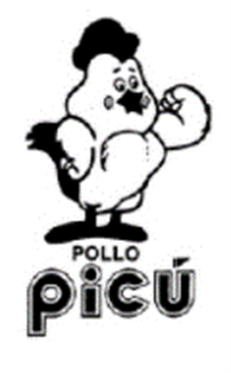The US Patent & Trademark Office (PTO) announced the termination of the After Final Consideration Pilot Program (AFCP) 2.0, effective December 15, 2024. 89 Fed. Reg. 79899 (Oct. 1, 2024).
Launched in 2013, AFCP 2.0 aimed to streamline the patent examination process following a final rejection by allowing applicants to submit amendments without incurring additional fees. The program provided examiners with extra time to review these amendments, conduct additional searches, and potentially schedule interviews with applicants to discuss the results.
Since 2016, applicants have filed more than 60,000 AFCP 2.0 requests annually. The PTO noted that the high usage was due in part to the program’s benefits being provided at no direct cost to participants. However, the PTO estimated that it has incurred more than $15 million in costs due to the program. Consequently, on April 3, 2024, the PTO proposed a new fee to recuperate costs affiliated with AFCP 2.0 requests. This proposal sparked concerns among commenters about AFCP 2.0.
In light of these concerns, the PTO has decided to allow the AFCP 2.0 program to expire. Although the program was initially set to end on September 30, 2024, the PTO extended it to accommodate those currently participating or preparing to use the program. The final date to submit a request under the program is December 14, 2024.
read more

 Subscribe
Subscribe



